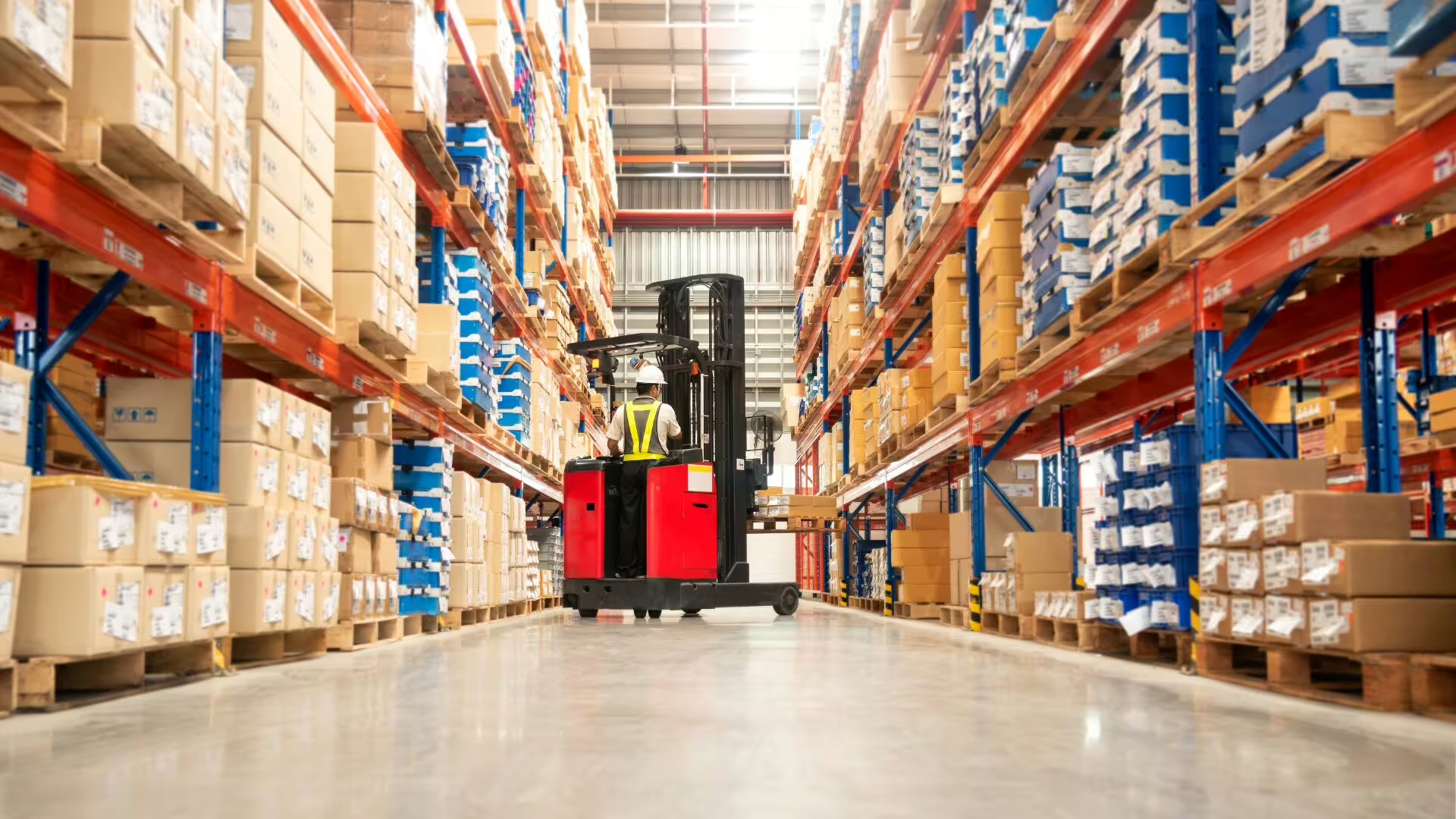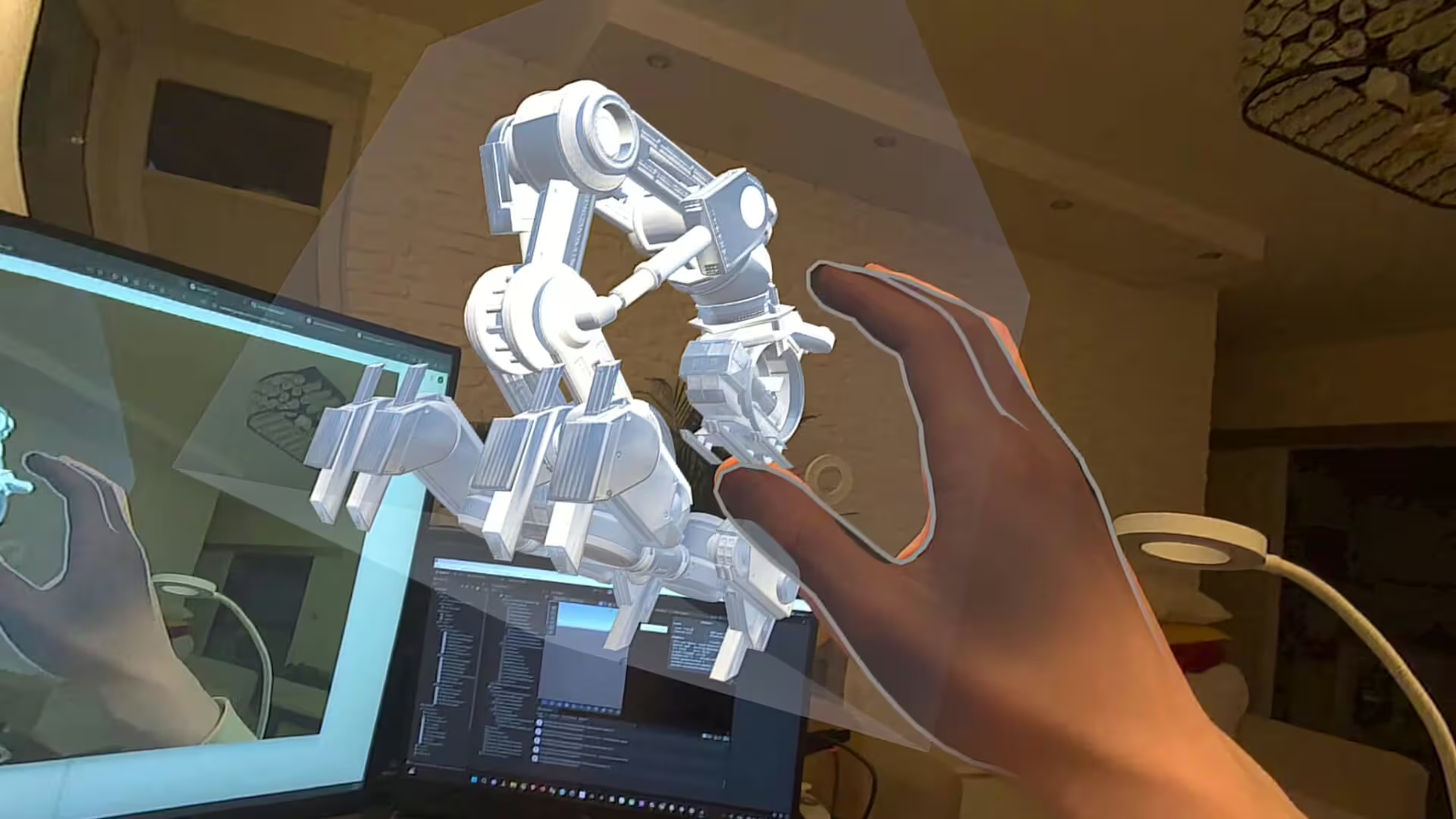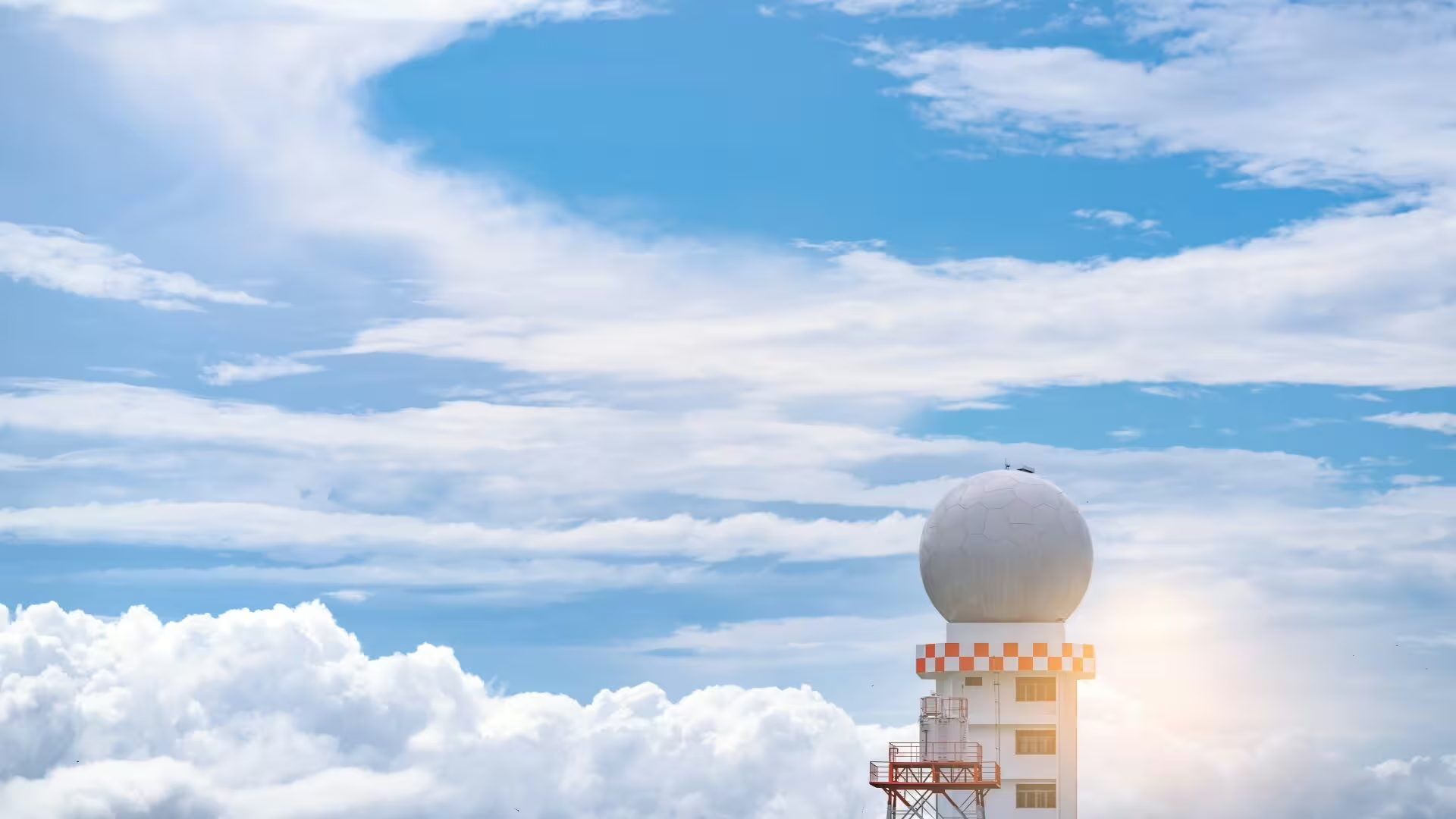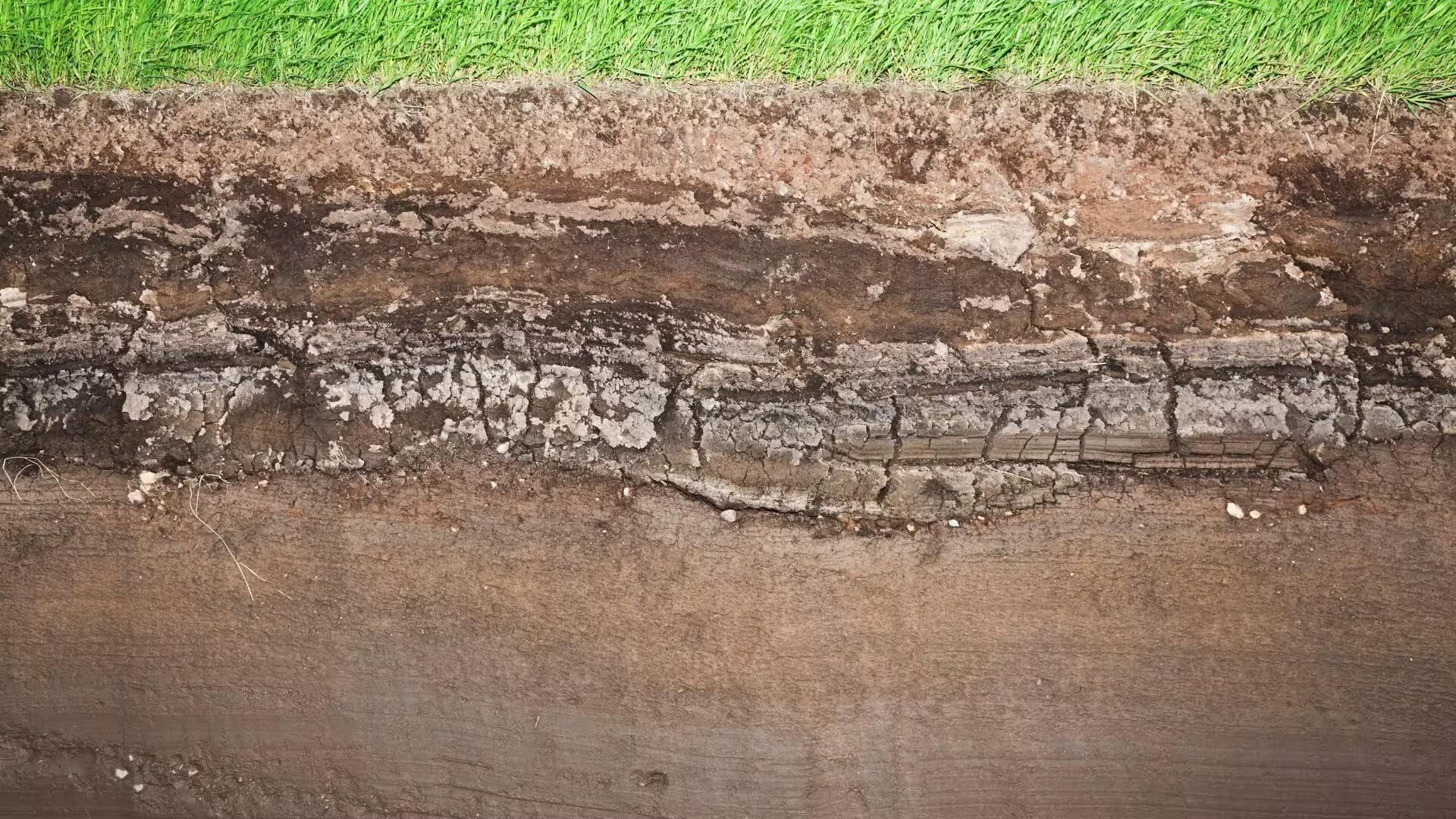W niniejszej pracy poruszony jest temat analizy wpływu zakłóceń w torze akwizycji obrazu na detekcje postaci ludzkiej z wykorzystaniem współczesnych metod sztucznej inteligencji. W szczególności problem ten dotyczy przestrzeni magazynowych, w których występują zmienne warunki wpływające na jakość obrazu. Pracę można podzielić na dwie części – teoretyczną oraz praktyczną.
W części teoretycznej opisano proces akwizycji obrazu, a także rodzaje szumów i zniekształceń mogących występować w obrazach. Zostały również opisane metody poprawy jakości obrazu – zarówno klasyczne jak i wykorzystujące techniki sztucznej inteligencji. Część teoretyczna zawiera opisy algorytmów sztucznej inteligencji stosowanych w zadaniu detekcji oraz miary, które wykorzystuje się w ocenie dokładności problemu detekcji obiektów, a także w ocenie skuteczności redukcji szumu w obrazie.
W części praktycznej zostały przeprowadzone eksperymenty na obrazach pochądzych ze środowiska magazynowego. Wybrano dwa algorytmy detekcji, których dokładność była badana w funkcji zmian obrazów, a także natężenia tych zmian. Ponadto, została przeanalizowana skuteczność metod redukcji szumu – wykorzystując metody klasyczne oraz metody sztucznej inteligencji. Zbadano jaki wpływ mają powyższe metody na dokładność detektorów.
Na końcu pracy zostały przedstawione wnioski odnoszące się do obydwóch algorytmów detekcji, wpływu analizowanych szumów i zniekształceń, jak również wnioski dotyczące dokładności detektorów oraz skuteczności metod redukcji szumu. Część merytoryczną pracy kończy podsumowanie.
Wyniki pracy zostały wykorzystane w praktyce w firmie LumiLook Sp. z o. o., która zajmuje się rozwojem oprogramowania mającego na celu tworzenie systemu bezpieczeństwa w środowiskach magazynowaych z wykorzystaniem wizji komputerowej.
This study analyzes the impact of disturbances in the image acquisition path on the detection of people using modern artificial intelligence algorithms. Specifically, the research focuses on the challenges of detecting objects in warehouse spaces with variable conditions that affect image quality. The study is divided into two parts, theoretical and practical.
In the theoretical part, the image acquisition process is described, including the types of noise and distortions that can appear in images. Traditional and artificial intelligence-based methods for improving image quality are also discussed. Additionally, the theoretical part includes descriptions of artificial intelligence algorithms used in object detection and measures used to assess the accuracy of object detection and the effectiveness of noise reduction.
The practical part of the study involves experiments conducted on images from warehouse environments. Two detection algorithms were selected, and their accuracy was tested with varying image changes and intensities of those changes. The effectiveness of noise reduction methods was also analyzed, including traditional methods and those based on artificial intelligence. The study investigates the impact of these methods on the accuracy of detectors.
The study concludes with findings regarding both detection algorithms, the impact of the analyzed noise and distortions, and the accuracy of detectors and effectiveness of noise reduction methods. The substantive part of the work ends with a summary.
The results of the work have been implemented in practice at LumiLook Sp. z o. o., a company that develops software for creating security systems in storage environments using computer vision.




